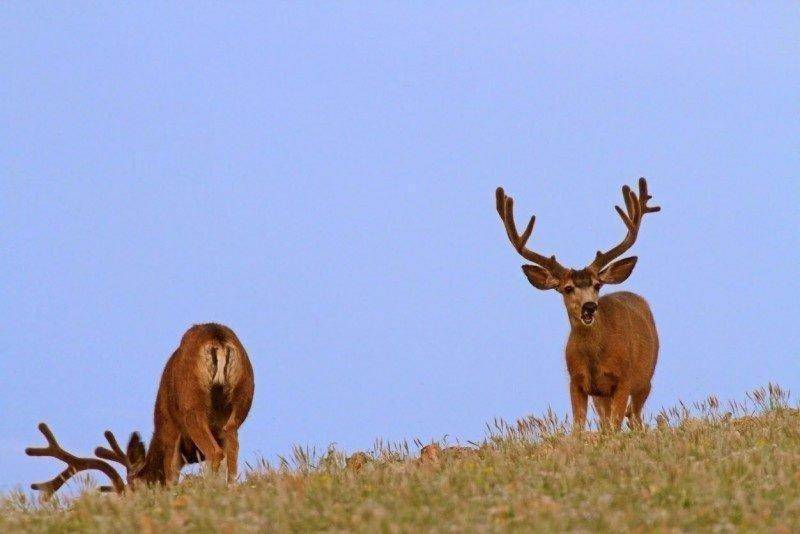DWR Press Release
Check stations will be open Oct. 22 – 25 and Oct. 29 – 30
PRICE — The Division of Wildlife Resources is asking hunters for their help in gathering data and tissue samples from deer harvested during Utah’s general season deer hunt. This data helps biologists manage the state’s deer populations, including monitoring for the presence of chronic wasting disease (CWD).
Two check stations will be set up in southeastern Utah. Hunters can bring the head of a deer they’ve taken, or the entire carcass, for a brief examination.
Both stations will be open from Oct. 22 – 25 and Oct. 29 – 30. Biologists will be at the stations from 10 a.m. to 6 p.m. Check stations will be at the following locations:
- In Wellington along SR-6, at the junction with Ridge Road near the Walker’s Truck Stop
- At the La Sal Junction along US-191 south of Moab
Biologists will also collect samples from deer that are taken to Four Point Meat in Monticello for processing.
DWR biologists have conducted surveillance activities for CWD since 1998. They do this by collecting lymph node samples from the throat area of deer taken by hunters. So far, biologists have collected more than 20,000 samples from mule deer, elk and moose taken across the state.
From 1998 until now, CWD has been detected in three areas in Utah: near Vernal, the Manti unit west of Price, and the San Juan and La Sal Mountain areas in Grand and San Juan counties. To date, 71 mule deer and two elk have tested positive for CWD in Utah.
CWD is a relatively rare neurological disorder found in some deer, elk and moose populations in North America. So far, there is no evidence that the disease is transmissible to humans. Wildlife managers hope to minimize the disease’s impact on Utah’s big game. More information on CWD in Utah can be found at www.wildlife.utah.gov/diseases/cwd.
Biologists at the check stations will also collect data on the age and body condition of each deer. “These data are very valuable for the future management of mule deer in Utah,” says Brad Crompton, a DWR wildlife biologist.

